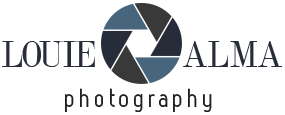I had a first look at Aldi’s most exciting Christmas specialbuys for 2025 – this is what to watch for and the dates they’re dropping
Get your trolley ready, Aldi is about to drop its Christmas homeware





